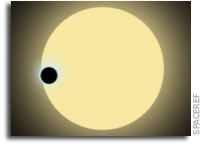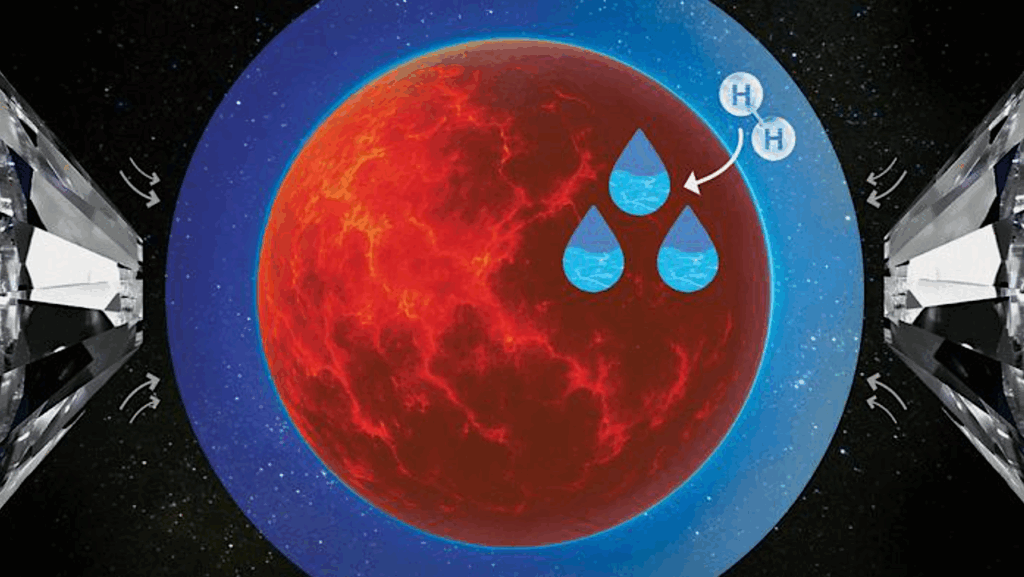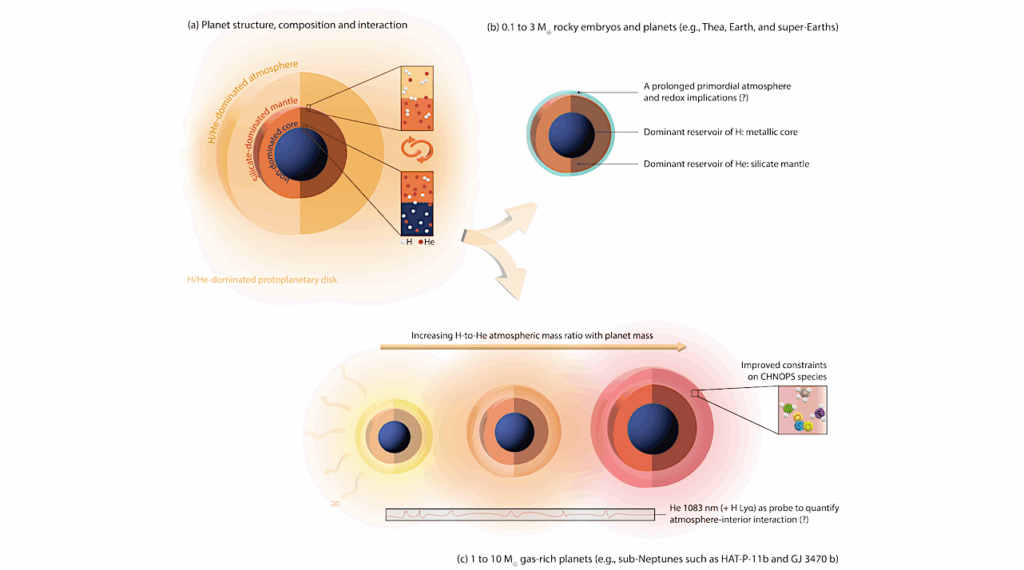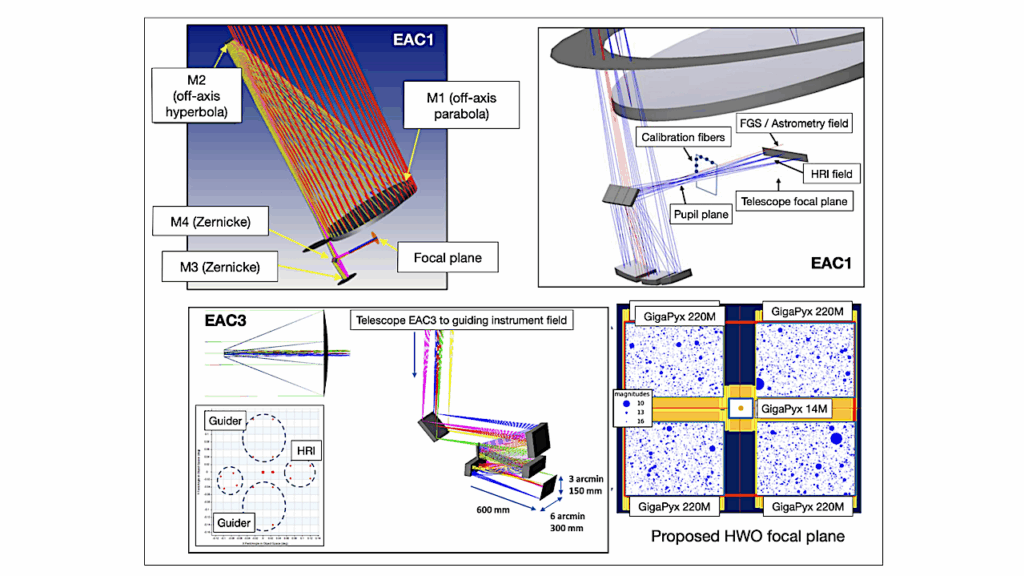Transmission spectrum of Earth as a transiting exoplanet

Transmission spectroscopy of exoplanets is a tool to characterize rocky planets and explore their habitability. Using the Earth itself as a proxy, we model the atmospheric cross section as a function of wavelength, and show the effect of each atmospheric species, Rayleigh scattering and refraction from 115 to 1000nm.
Clouds do not significantly affect this picture because refraction prevents the lowest 12.75km of the atmosphere, in a transiting geometry for an Earth-Sun analog, to be sampled by a distant observer. We calculate the effective planetary radius for the primary eclipse spectrum of an Earth-like exoplanet around a Sun-like star. Below 200nm, ultraviolet(UV) O_2 absorption increases the effective planetary radius by about 180km, versus 27km at 760.3nm, and 14km in the near-infrared (NIR) due predominantly to refraction.
This translates into a 2.6% change in effective planetary radius over the UV-NIR wavelength range, showing that the ultraviolet is an interesting wavelength range for future space missions.
Transmission spectrum of Earth as a transiting exoplanet – from the ultraviolet to the near-infrared
Y. Betremieux, L. Kaltenegger (Submitted on 1 Jul 2013)
Comments: 4 pages, 3 figures, 2 tables (under review ApJL)
Subjects: Earth and Planetary Astrophysics (astro-ph.EP); Instrumentation and Methods for Astrophysics (astro-ph.IM); Solar and Stellar Astrophysics (astro-ph.SR)
Cite as: arXiv:1307.0416 [astro-ph.EP] (or arXiv:1307.0416v1 [astro-ph.EP] for this version)
Submission history
From: Lisa Kaltenegger [view email] [v1] Mon, 1 Jul 2013 15:57:37 GMT (272kb)








